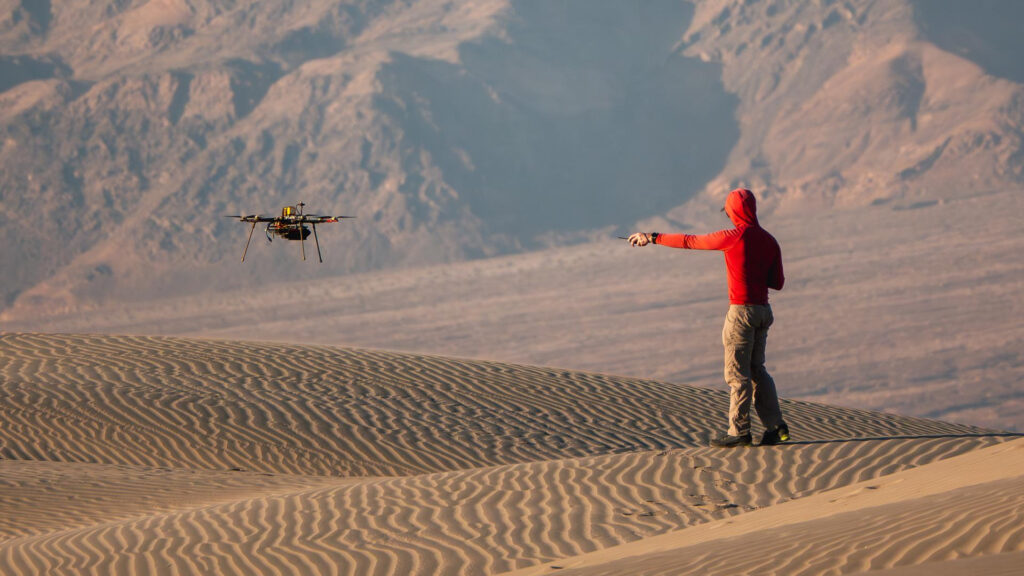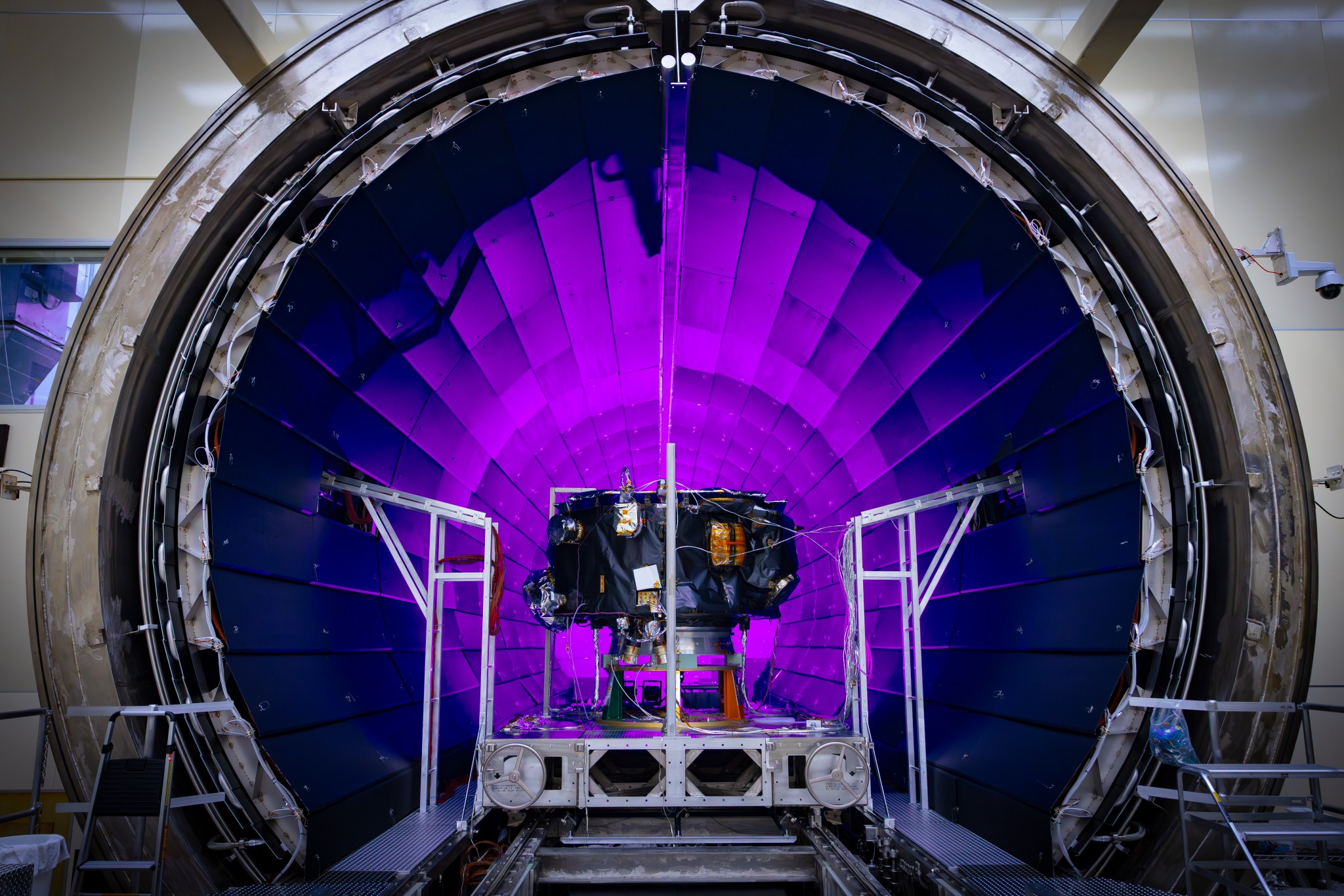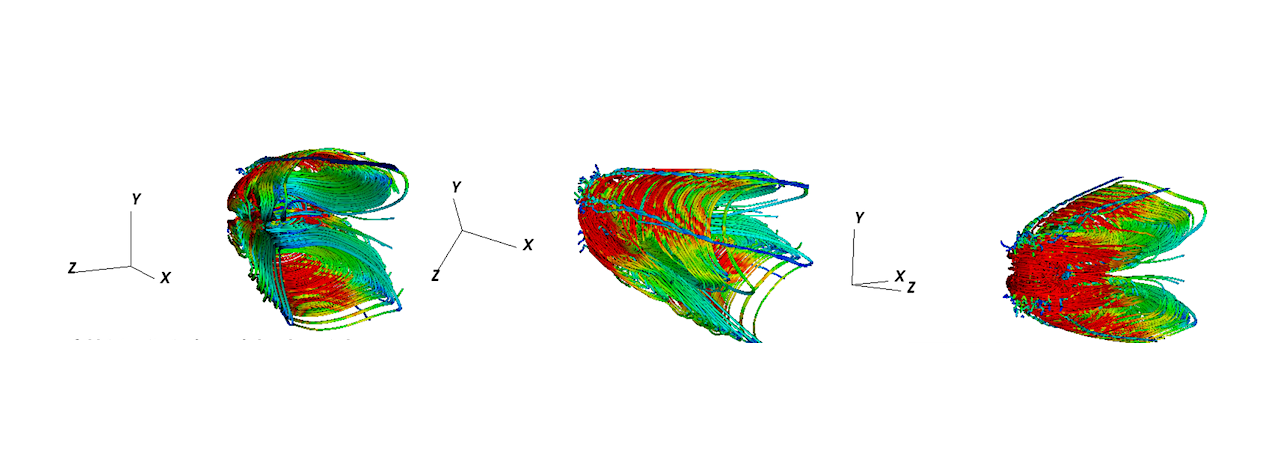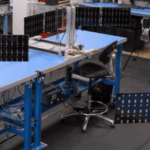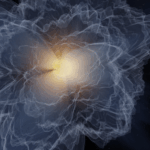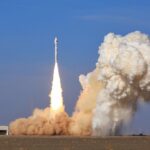Now Reading: Star’s swan song captured by Hubble Telescope | Space picture of the day for April 15, 2025
-
01
Star’s swan song captured by Hubble Telescope | Space picture of the day for April 15, 2025
Star’s swan song captured by Hubble Telescope | Space picture of the day for April 15, 2025
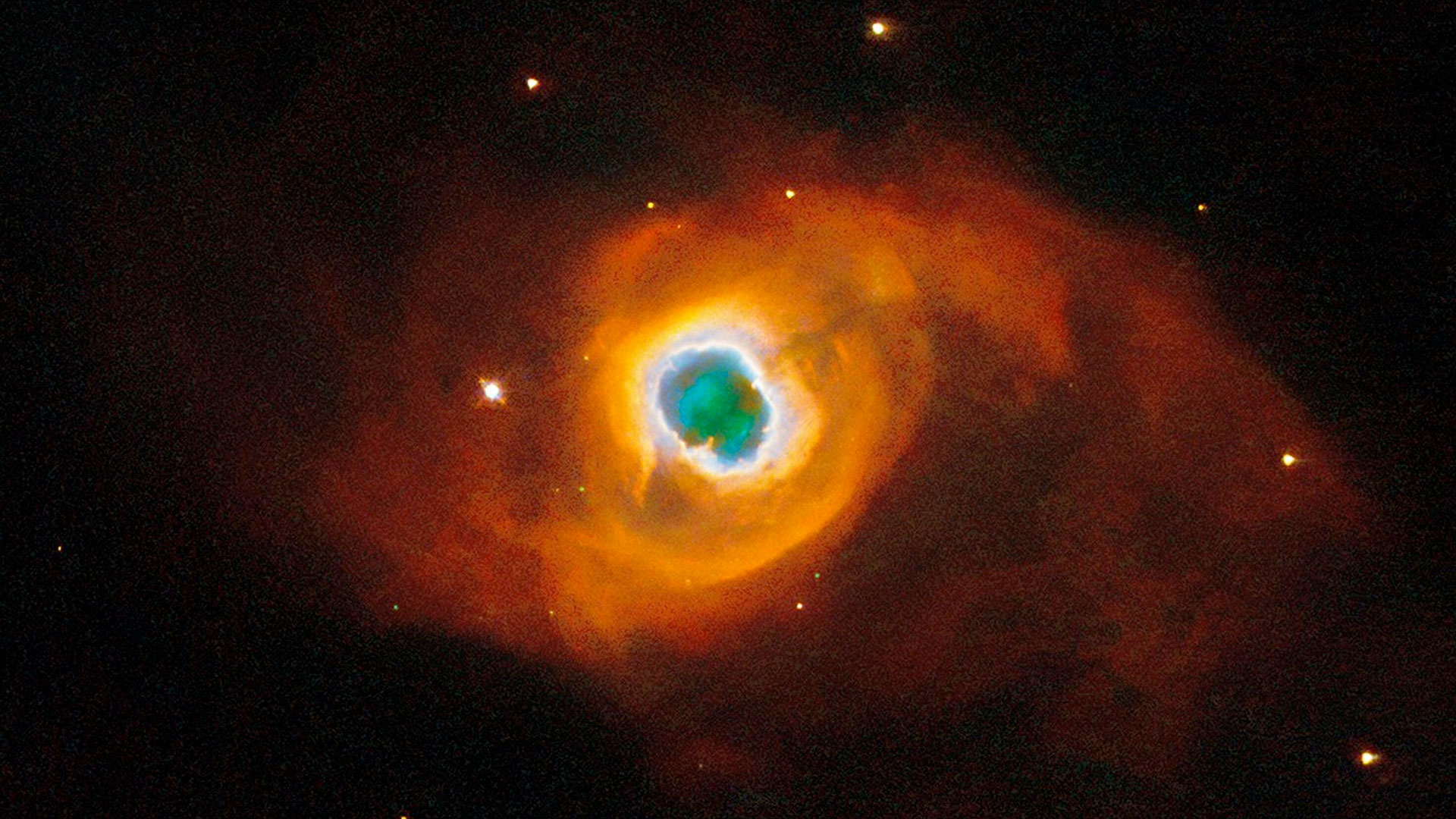
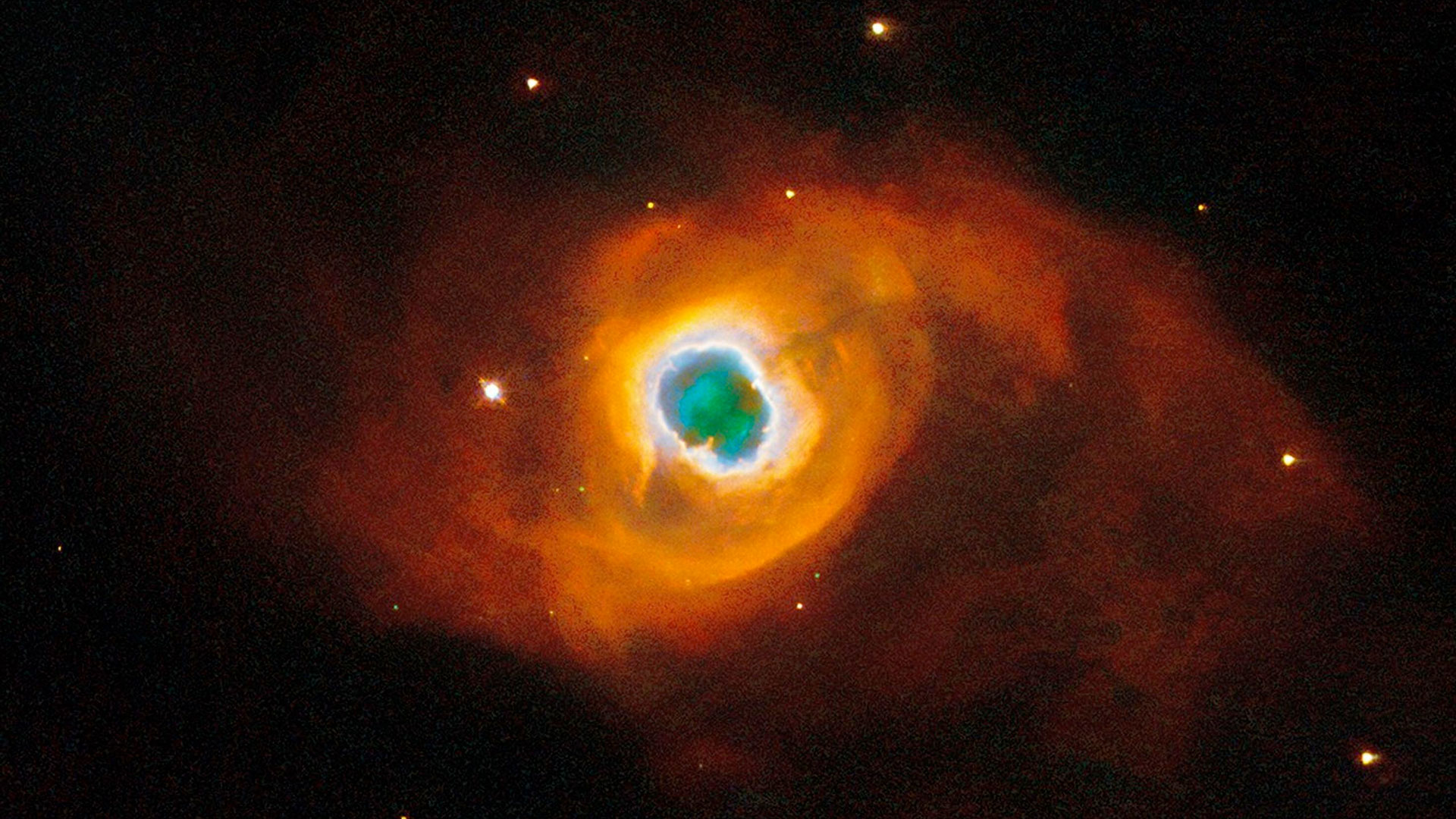
Ionized atoms ejected from a dying star form the bright swirling clouds of this planetary nebula. Named Kohoutek 4-55, the nebula was captured by the Hubble Space Telescope.
What is it?
Planetary nebulae like Kohoutek 4-55 are the finale at the end of a giant star’s life. Once a red giant has shed its last layers of gas, its compact core contracts further, leading to a last burst of nuclear fusion.
The subsequent exposed core reaches extremely hot temperatures, “radiating ultraviolet light that energizes the enormous clouds of gas cast off by the star. The ultraviolet light ionizes atoms in the gas, making the clouds glow brightly,” wrote NASA’s Hubble mission team at Goddard Space Flight Center in Greenbelt, Maryland.
In this image, the red and orange areas are nitrogen, green is hydrogen, and blue is indicative of oxygen. Kohoutek 4-55 has an uncommon, multi-layered form: a faint layer of gas surrounds a bright inner ring, all wrapped in a broad halo of ionized nitrogen.
Where is it?
Kohoutek 4-55 is situated 4,600 light-years away from Earth in the constellation Cygnus (the Swan). It is part of the Milky Way galaxy.
That is, for now: the relative brief phase of fusion in the core will end after only tens of thousands of years, spelling an end to this spectacle. Left behind will be white dwarf star that will never illuminate the clouds swirling around it again.
Why is it amazing?
This image was the final work of the Wide Field and Planetary Camera 2 (WFPC2), which was Installed by astronauts on Hubble Space Telescope in 1993.
A replacement for the original Wide Field and Planetary Camera, WFPC2 was responsible for some of Hubble’s most iconic images and well-known discoveries. Wide Field Camera 3 replaced WFPC2 in 2009, during the final Hubble servicing mission.
The data used in this image was collected just 10 days before the STS-125 crew on space shuttle Atlantis removed WFPC2 and returned it to Earth. This view of Kohoutek 4-55 capped off 16 years of observations and was produced using state-of-the-art techniques.
Want to know more?
You can read more about the different types of nebulae and learn why stars die. You can read about the final fate of Wide Field and Planetary Camera 2 and where you can see it today.
Stay Informed With the Latest & Most Important News
Previous Post
Next Post
-
 012024 in Review: Highlights from NASA in Silicon Valley
012024 in Review: Highlights from NASA in Silicon Valley -
 02Panasonic Leica Summilux DG 15mm f/1.7 ASPH review
02Panasonic Leica Summilux DG 15mm f/1.7 ASPH review -
 03From Polymerization-Enabled Folding and Assembly to Chemical Evolution: Key Processes for Emergence of Functional Polymers in the Origin of Life
03From Polymerization-Enabled Folding and Assembly to Chemical Evolution: Key Processes for Emergence of Functional Polymers in the Origin of Life -
 04How New NASA, India Earth Satellite NISAR Will See Earth
04How New NASA, India Earth Satellite NISAR Will See Earth -
 05And Thus Begins A New Year For Life On Earth
05And Thus Begins A New Year For Life On Earth -
 06Astronomy Activation Ambassadors: A New Era
06Astronomy Activation Ambassadors: A New Era -
07SpaceX launch surge helps set new global launch record in 2024












